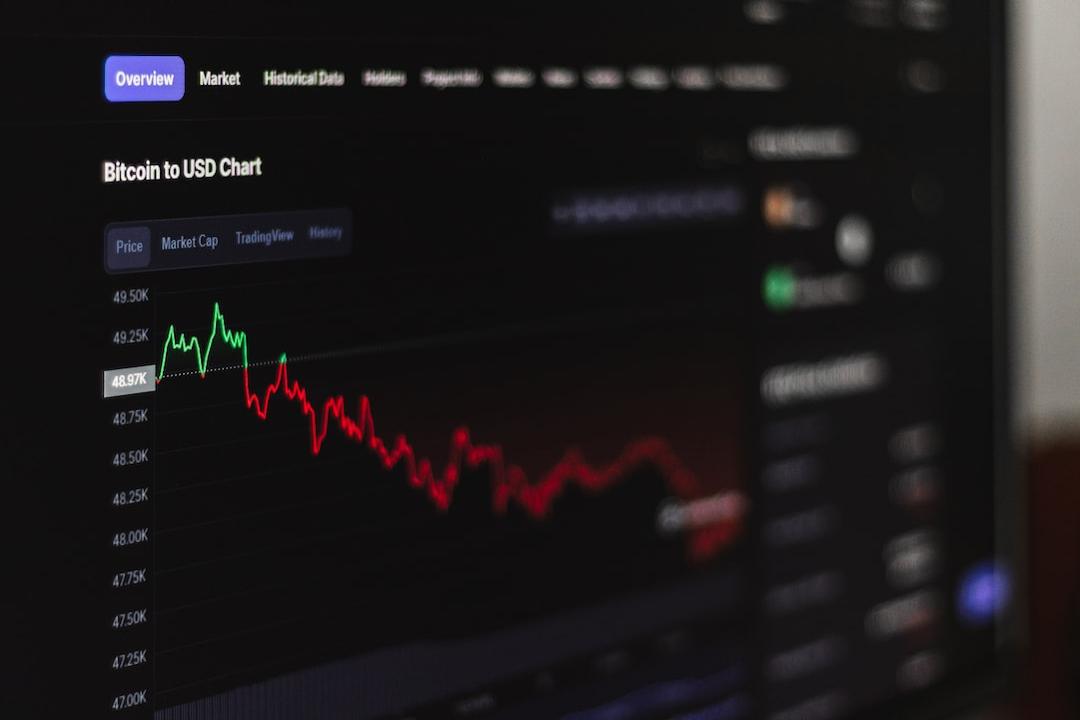Binance CTO Rohit Wad has expressed the need to improve the accessibility of Bitcoin and Web3 and reduce entry barriers in light of the success of the “digital gold” ETF. The recent approval of Bitcoin spot ETFs in the US is undoubtedly a significant development for Bitcoin and cryptocurrencies, particularly in terms of regulation and institutional involvement. From a technical perspective, the positive adoption of ETFs also serves as a reminder that the crypto industry must continue to reduce friction in user experience if we want to see widespread adoption.
It has been about two months since the US Securities and Exchange Commission approved the listing of Bitcoin spot ETFs, and Bitcoin has reached a new all-time high, reclaiming a trillion-dollar market value. An early forecast report estimated that these funds will manage $72 billion in assets within five years, with over $9 billion already flowing into ETFs since their launch.
While the market seems to be entering a bullish cycle fueled by the ETF frenzy, native cryptocurrencies and Web3 companies must not rest on their laurels but continue to lower the technical entry barriers. This is because many institutional and retail investors are turning to ETFs due to the friction in user experience.
This friction refers to the numerous steps users must take to use wallets or exchanges, requiring significant time investment to learn best practices such as protecting their passwords and devices and guarding against fraud and hacking. These issues can be addressed through product design.
Let’s compare Bitcoin to gold and understand why both commodities are suitable for the ETF market. Ordinary investors do not want to physically hold gold bars as a means of storing value because they do not know where or how to safely and conveniently store them. Gold ETFs exist for this purpose.
On the other hand, Bitcoin has long been referred to as “digital gold” – it possesses the scarcity of a commodity but without the transportation and storage costs of traditional items. So, why bother purchasing an ETF (which is essentially a package) instead of owning your own digital gold in your digital wallet? The reason is that the crypto industry is still in its early stages of development, and products like wallets and exchanges are still too complex and daunting for the majority of people.
Bitcoin ETFs help alleviate entry barriers by addressing complex problems that most people do not want to solve, such as ensuring the security of mnemonic phrases. In return, investors are willing to bear the costs of ETFs and have their assets custodied by them.
Considering the fees paid to ETF issuers, as well as foreign exchange, premiums, and other costs, ETFs are typically more expensive than buying Bitcoin directly from exchanges. However, there is still a clear demand for ETFs in the market. Traditional financial service providers are legitimizing cryptocurrencies in the financial market by issuing extremely user-friendly ETFs.
The launch of Bitcoin spot ETFs is a significant positive development for the industry as it brings in new users and capital. Traditional asset management companies now have a benchmark for performance, which is a promising step towards expanding infrastructure development to support more traditional financial participation.
If we can eliminate the friction users encounter with cryptocurrencies, we will undoubtedly increase adoption and enable more people to participate. Our common long-term goal should be to make cryptocurrencies more widely accessible by empowering users with knowledge and tools to directly engage with and manage their own digital assets. We must build user-friendly, secure, and intuitive products that make cryptocurrencies easier for everyone to use.

